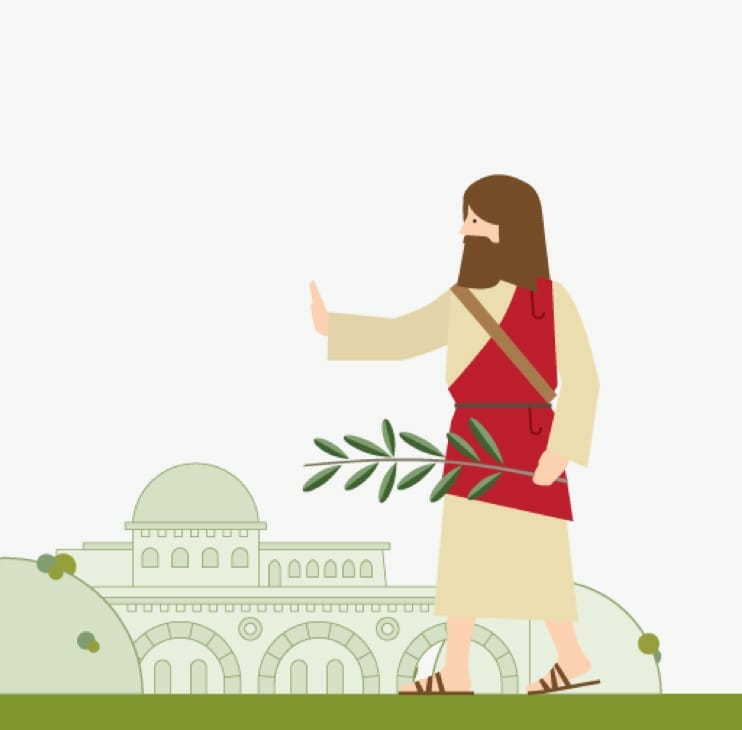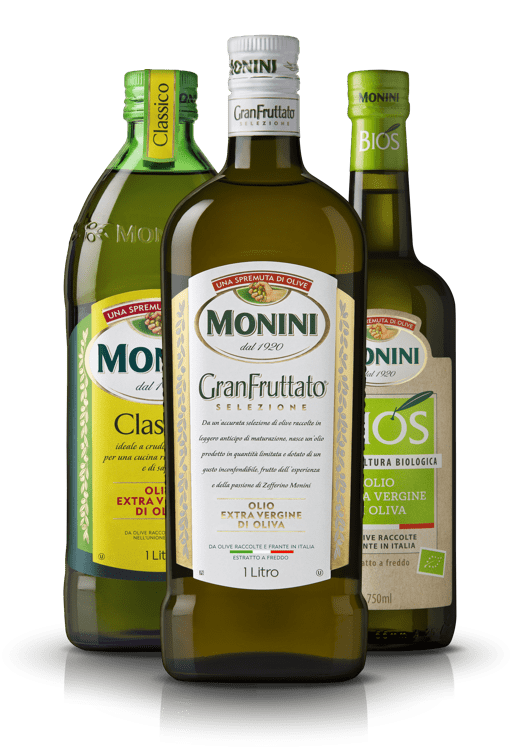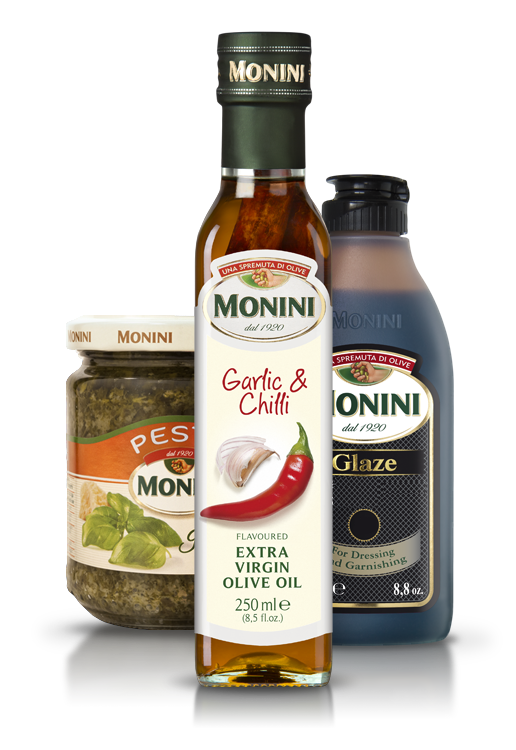Sustainability Plan 2030
• Our sustainability planMYTHS AND LEGENDS
The olive symbol in the Sacred Scriptures and ancient epic poems.
THE DOVE
The Bible tells the story of the dove that returned to Noah’s ark carrying an olive branch, a symbol of the restored peace between God and mankind.

HOMER
Oil and the olive tree are often cited in Homer’s mythology in the Iliad and the Odyssey. For example, Ulysses’ bed was carved from a large olive tree, and his body was covered in and washed with oil so as to keep his strength and youth. Moreover, the Cyclops used stakes and clubs made of olive wood, and of olive wood was also the stake that Ulysses used to blind Polyphemus.
Homer reports also that the dead used to be placed on a bed of olive leaves and covered in oil, and that even tombs were adorned with olive wreaths and branches.
usavano bastoni e clave ricavate dal legno di olivo, come lo era anche il bastone di cui Ulisse si servì per accecare Polifemo.
Omero ci tramanda inoltre che i defunti venivano adagiati su un letto di foglie di olivo e cosparsi d’olio, e che anche le tombe erano ornate con corone e ramoscelli d’olivo.
THE GODDESS ATHENA
According to the myth, King Cecrops begged the gods to protect his city. So Zeus ordered a challenge between Poseidon, god of the sea, and Athena, goddess of wisdom: the one who would offer the most useful gift would become the protector of the city.
Poseidon struck a stone with his trident, making salt water flow and creating a creature that had never been seen before: a horse, a symbol of domination over the seas. Athena instead created an olive tree, which to mankind, for millennia to come, would represent the source of a “precious juice” for food preparation as well as body care, beauty and massage.
Athena was declared the victor and thus became the protector of the city, which would from then on be known as Athens.
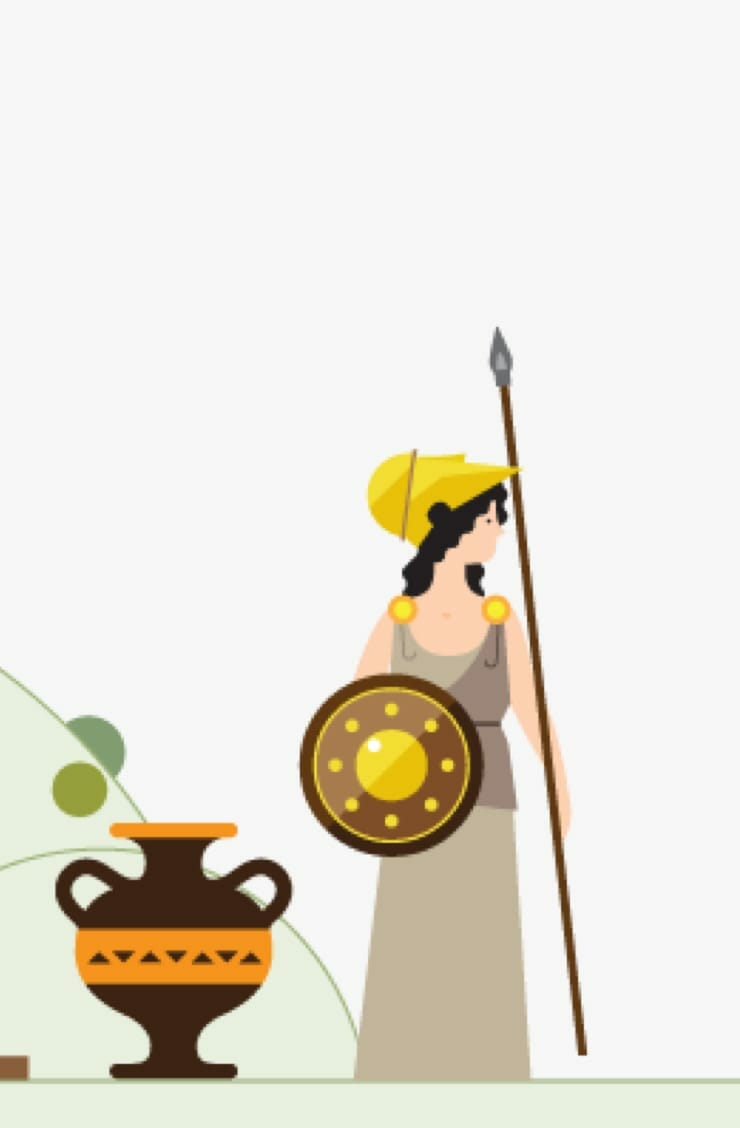
THE PANATHENAIC GAMES
In honour of the goddess of wisdom, the Athenians built the Parthenon and organised the Panathenaic Games. At the time winners received money, gold medals and olive oil from the sacred city olive trees, kept in lavishly decorated vases.

THE OLYMPIC GAMES
At the games played in honour of Zeus in Olympia, athletes were rewarded with amphoras of oil and the winner was crowned with an olive wreath.
Furthermore, it was common practice among athletes to massage their body with oil.
GREEK CUSTOMS
Oiling one’s body and hair was a regular practice also among common people, who used olive oil infused with herb and flower essences. The Casanovas of the time always carried a container of perfumed oil on their wrist or belt.
Olive oil was also added to other substances for healing purposes.
OIL AND THE ANCIENT GODS
Throughout antiquity and in many civilisations, oil has had both a spiritual cleansing and protective function, to prevent deities from escaping their simulacra.
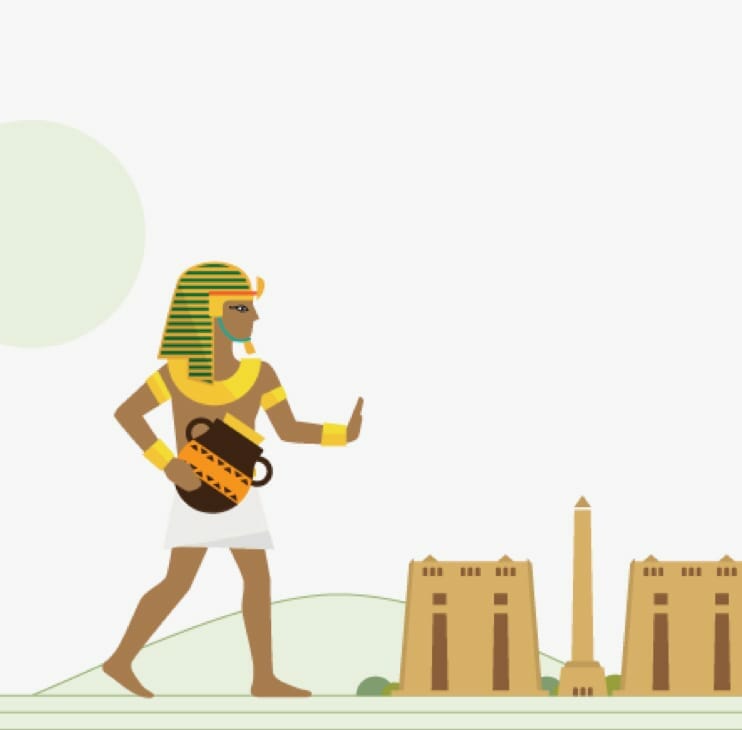
THE ANCIENT EGYPTIANS
In the Egyptian civilisation oil was used on the bodies and heads of the deceased to be mummified. During these rites, only those with oiled hair, face and feet could approach the idols, who had been also cleansed with balms.

"When you beat the olives from your trees, do not go over the branches a second time. Leave what remains for the foreigner, the fatherless and the widow" (Dt 24:20)
THE HOLY SCRIPTURES
The Bible mentions the anointing of kings, princes and liturgical objects. Not everyone knows that the myrrh offered by the Magi as a gift to Jesus, referred to as “the anointed of the Lord”, was a simple oil infused with herbs and spices.
The Church of the Holy Sepulchre in Jerusalem holds the Stone of Anointing, the slab where balms were applied to the body of Jesus before being buried:
today oil lamps are kept burning on this slab, each representing a religious confession.
Olive branches are found in the Gospel passage about Jesus’ triumphant entry in Jerusalem, and even today they are blessed and exchanged as a sign of peace during Palm Sunday.
OIL IN CHRISTIANITY
In the Christian religion, oil is still used today in the sacraments of baptism, confirmation, the anointing of the sick, and the ordaining of priests and bishops. Moreover, a lit oil lamp on the altar signifies the presence of the Lord.
